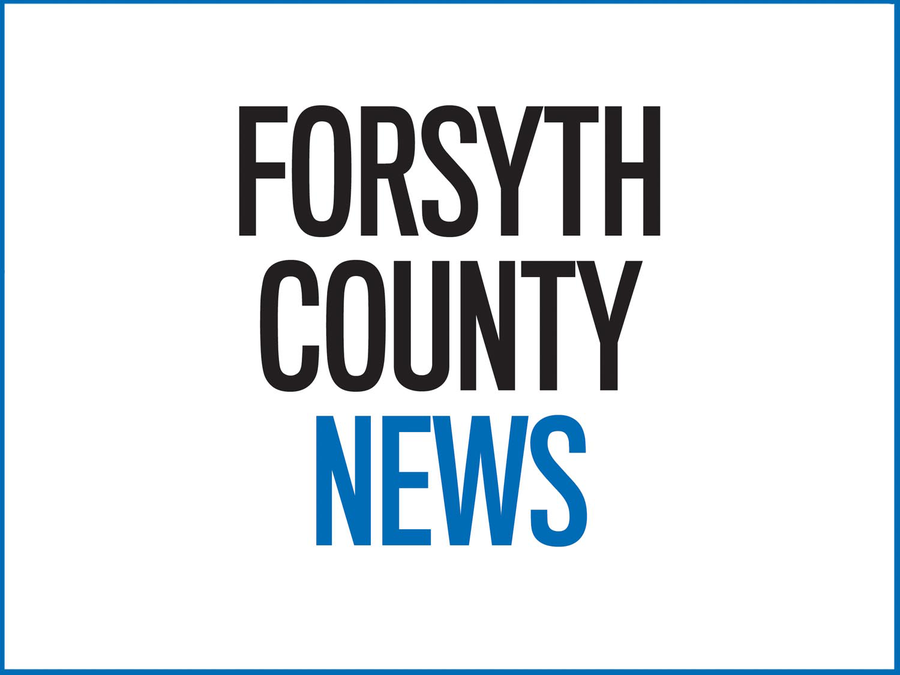As many as 32,000 cars travel between Canton and Cumming on Hwy. 20 every day.
Input sought on Hwy. 20 widening
Proposal involves stretch linking Cumming, Canton

